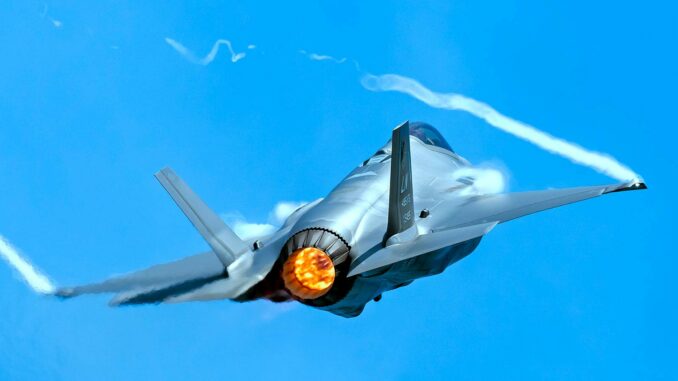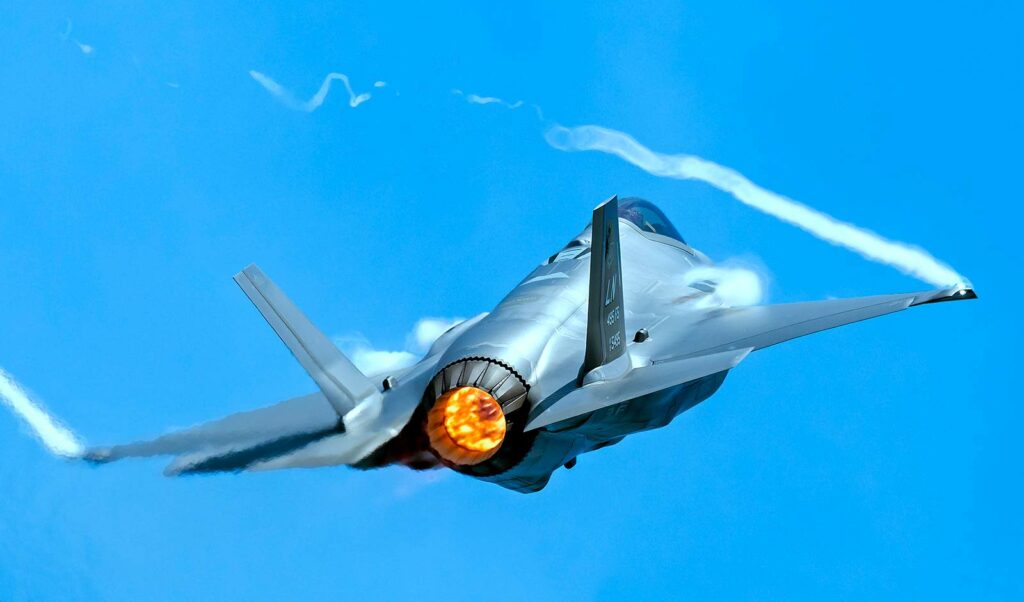
Faced with maintenance challenges, the U.S. Navy is adopting innovative strategies to improve F-35 availability and reduce maintenance costs.
In a context where national security and combat readiness are paramount, the US Navy faces a major challenge: increasing the availability of its F-35 fleet while keeping maintenance costs under control. This article explores the strategies adopted to meet these challenges, drawing in particular on lessons learned with the F/A-18E/F Super Hornets.
A changing operational landscape
The growing importance of the F-35 in the Navy
The U.S. Naval Air Station, the beating heart of combat aviation, bears witness to the growing integration of F-35C Joint Strike Fighters. These fifth-generation aircraft are essential for ensuring air superiority and meeting future threats, particularly in the tense context of the Pacific region.
Maintenance and availability challenges
However, the expansion of the F-35C fleet is accompanied by concerns about mission availability and high maintenance costs. The complexity of maintenance, largely managed by Lockheed Martin, poses a particular challenge for the Navy, which is seeking greater control over the operational availability of its aircraft.
Strategies for improving availability
Innovations from the F/A-18E/F
In response, the navy is building on the success of its Super Hornets. The Naval Sustainment System-Aviation initiative, launched following the 2018 directive to achieve an 80% mission availability rate for fighters, has identified and implemented effective maintenance practices.
Improvement through data collection
A key element of this strategy is the emphasis placed on data collection and communication. These efforts have already borne fruit, with the F-35C community boasting availability rates above the global average for F-35 fleets, and a reduced number of aircraft awaiting spare parts.

Persistent challenges and potential solutions
Slow repair times and reduced availability
A Government Accountability Office report highlights shortcomings in F-35 maintenance, including the lack of mid-level maintenance and delays in establishing repair capabilities. These challenges have a direct impact on aircraft availability and increase maintenance costs.
Lessons learned from the Super Hornet program
The Navy has learned a number of lessons from the Super Hornet program, including the importance of effective management of maintenance levels and support contracts. Adopting proven practices for F-35 operational maintenance could be a key to overcoming these challenges.
Towards a brighter future
Collaboration and innovation
Under the leadership of Lemoore Air Force Base commanders, efforts are underway to apply Naval Sustainment System-Aviation principles to the F-35 program, with an emphasis on operational maintenance. Innovation and collaboration between squadrons are key to improving F-35 availability.
Prospects for improvement
With initiatives such as improving repair capability and optimizing spare parts management, there is significant potential to increase F-35 availability and reduce maintenance costs. Navy and F-35 program managers are optimistic that significant progress will be made in the coming years.
The quest to improve U.S. Navy F-35 availability and reduce maintenance costs is both complex and crucial. Building on the experience gained with the Super Hornets, and thanks to an innovative approach focused on data collection and collaboration, significant progress has been made. While challenges persist, the commitment to continuous improvement offers a promising path to sustaining the navy’s combat readiness and air superiority into the future.
War Wings Daily is an independant magazine.